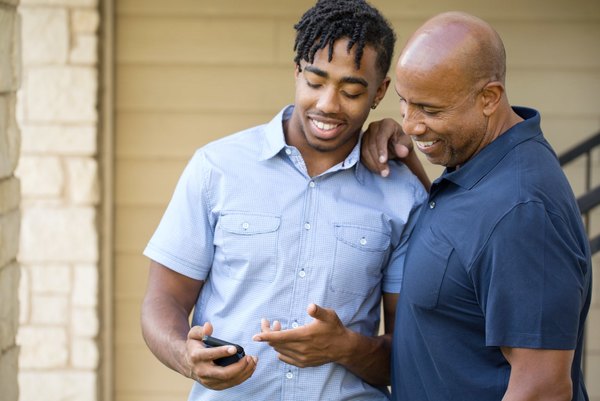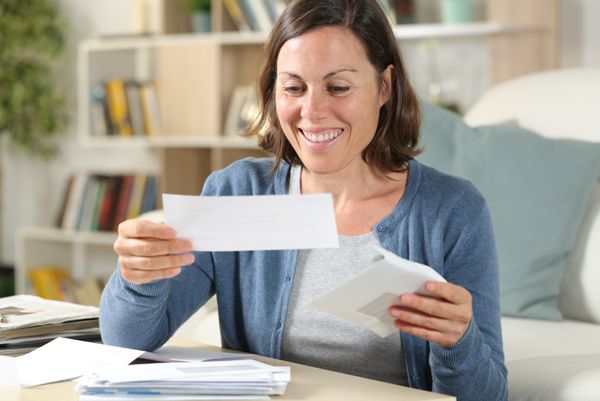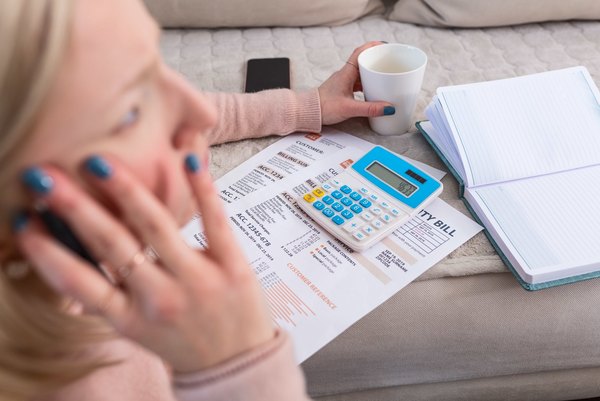Article Not Found
This article is no longer available. There could be several reasons for this, including:
- Outdated information: The article may have contained time-sensitive information that is no longer relevant or accurate
- Internal Review: Articles are regularly re-reviewed; if the quality of an article is deemed to be questionable, it may be temporarily unavailable until it can be properly updated.
Related Content

Mortgage Options For Veterans: How VA Loans Work
The VA loan can be a valuable option for eligible veterans and service members. It may offer benefits such as low or no down payment options.

How to Deal with Credit Card Debt and Prevent it From Ruining Your Life
Getting out of debt isn’t easy, but it is possible when implementing the right strategies.

Can Your Age Affect Your Chances of Getting Approved for a Mortgage?
You are never too old to apply for a mortgage. A senior mortgage may help you get the cash you need.

8 Reasons to Get a Personal Loan
Taking on new debt isn't always a good idea, but there are many reasons to get a personal loan that help you get ahead financially.

Try These 4 Options Before A Payday Loan
Avoid unfair or misleading short-term loan options when possible, and consider alternatives that may better support your financial situation over time.

What's The Difference Between Chapter 7 and Chapter 13 Bankruptcy?
If you're carrying an overwhelming amount of debt and need help paying it down, there are solutions you can turn to.